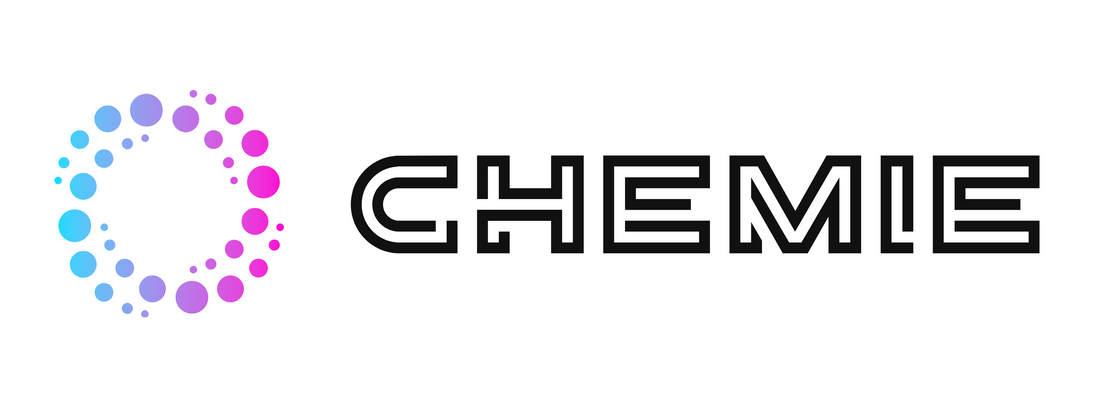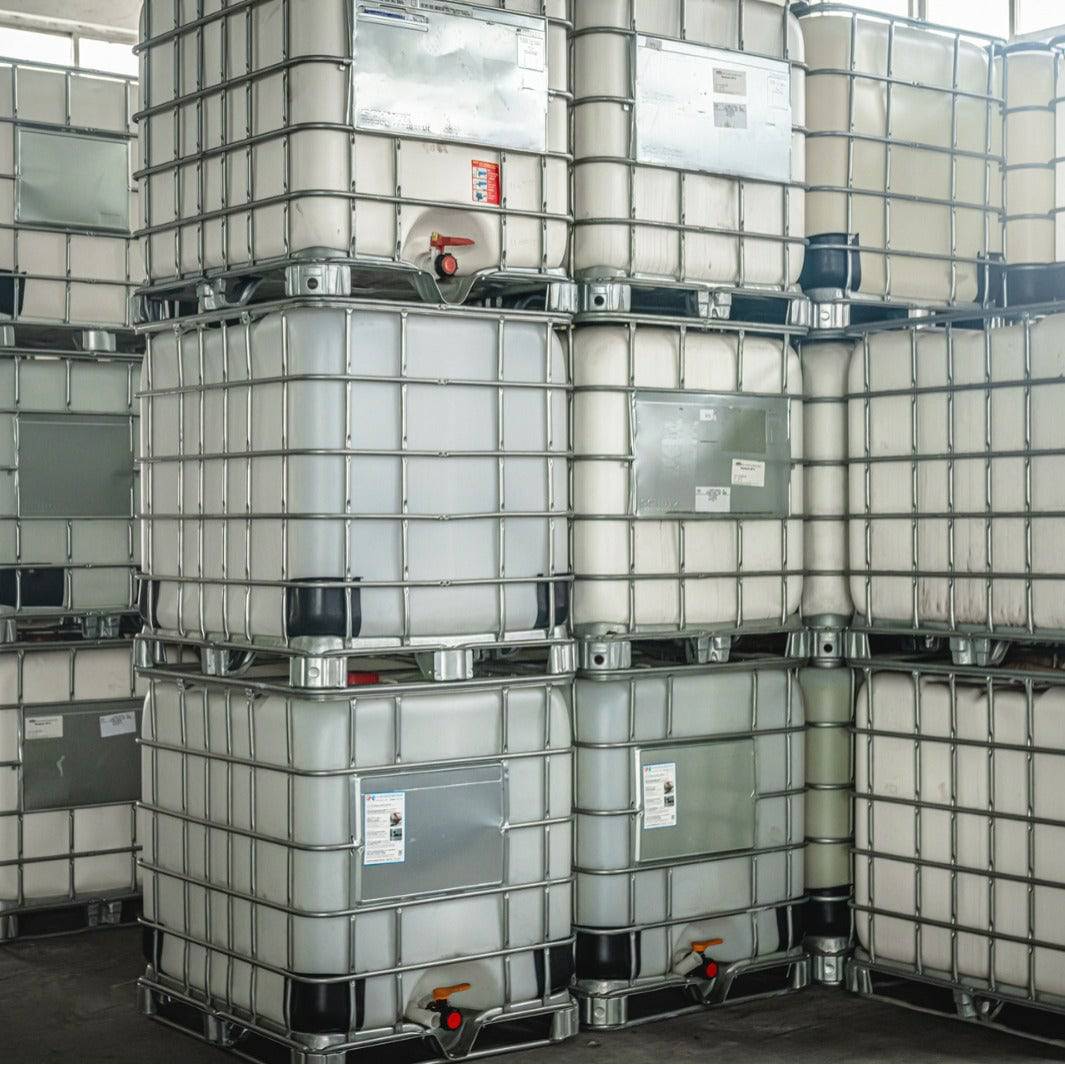Some Known Questions About Chemie.
How Chemie can Save You Time, Stress, and Money.
Table of ContentsSome Known Details About Chemie Chemie - An OverviewChemie for BeginnersThe 3-Minute Rule for Chemie10 Simple Techniques For ChemieThe Greatest Guide To Chemie
By Bojanna Shantheyanda, Sreya Dutta, Kevin Coscia and David SchiemerDynalene, Inc. Liquid air conditioning, which can be attained utilizing indirect or direct means, is utilized in electronics applications having thermal power densities that might surpass risk-free dissipation via air cooling. Indirect fluid cooling is where warm dissipating digital components are physically separated from the fluid coolant, whereas in instance of straight air conditioning, the components are in direct contact with the coolant.Nevertheless, in indirect cooling applications the electric conductivity can be essential if there are leakages and/or splilling of the liquids onto the electronics. In the indirect cooling applications where water based liquids with rust preventions are typically utilized, the electric conductivity of the liquid coolant generally relies on the ion focus in the liquid stream.
The increase in the ion concentration in a shut loophole fluid stream may happen as a result of ion seeping from metals and nonmetal components that the coolant fluid is in contact with. Throughout procedure, the electric conductivity of the liquid may raise to a degree which can be harmful for the cooling system.
An Unbiased View of Chemie
(https://justpaste.it/eli5o)They are grain like polymers that are qualified of exchanging ions with ions in a service that it touches with. In today job, ion leaching tests were performed with different metals and polymers in both ultrapure deionized (DI) water, i.e. water which is dealt with to the greatest levels of purity, and reduced electrical conductive ethylene glycol/water combination, with the determined change in conductivity reported with time.
The samples were allowed to equilibrate at room temperature for 2 days before taping the preliminary electric conductivity. In all examinations reported in this study liquid electric conductivity was determined to an accuracy of 1% using an Oakton CON 510/CON 6 series meter which was calibrated prior to each dimension.
The Single Strategy To Use For Chemie
from the wall surface home heating coils to the center of the heating system. The PTFE example containers were put in the heating system when stable state temperature levels were gotten to. The test configuration was removed from the furnace every 168 hours (seven days), cooled to room temperature with the electrical conductivity of the fluid gauged.
The electric conductivity of the fluid example was monitored for a total amount of 5000 hours (208 days). Figure 2. Schematic of the indirect closed loophole cooling down experiment set-up - therminol & dowtherm alternative. Table 1. Parts made use of in the indirect closed loop cooling experiment that are in call with the fluid coolant. A schematic of the speculative setup is shown in Number 2.

The Facts About Chemie Revealed
The adjustment in liquid electrical conductivity was kept track of for 136 hours. The fluid from the system was collected and saved.

0.1 g of Dowex material was contributed to 100g of liquid examples that was absorbed a separate container. The blend was mixed and alter in the electrical conductivity at space temperature was determined every hour. The determined modification in the electric conductivity of the UP-H2O and EG-LC test liquids including polymer or metal when engaged for 5,000 hours at 80C is shown Number 3.
Some Of Chemie
Ion leaching experiment: Measured change in electric conductivity of water and EG-LC coolants having either polymer or metal samples when submersed for 5,000 hours at 80C. The outcomes suggest that metals contributed less ions right into the liquids than plastics in both UP-H2O and EG-LC based coolants.
Liquids containing polypropylene and HDPE displayed the least expensive electric conductivity modifications. This could be because of the brief, inflexible, linear chains which are much less likely to add ions than longer branched chains with weak intermolecular forces. Silicone additionally performed well in both test fluids, as polysiloxanes are generally chemically inert as a result of the high bond power of the silicon-oxygen bond which would certainly avoid destruction of the product right into the fluid.
A Biased View of Chemie
It would certainly be anticipated that PVC would certainly generate comparable outcomes to those of PTFE and HDPE based on the comparable chemical structures of the materials, nevertheless there may be other impurities present in the PVC, such as plasticizers, that might affect the electric conductivity of the fluid - fluorinert. Furthermore, chloride teams in PVC can also seep right into the test liquid and can trigger an increase in electric conductivity
Buna-N rubber and polyurethane revealed indicators of deterioration and thermal disintegration which suggests that their feasible energy as a gasket or adhesive material at greater temperatures could cause application concerns. Polyurethane totally disintegrated right into the test liquid by the end of 5000 hour examination. Figure 4. Prior to and after photos of metal and polymer examples submersed for 5,000 hours at 80C in the ion leaching experiment.
Measured change in the electrical conductivity of UP-H2O coolant as a feature of time with and without resin cartridge in the shut indirect air conditioning loophole experiment. The determined change in electric conductivity of the UP-H2O for 136 hours with and without ion exchange resin in the loophole is revealed in Figure 5.